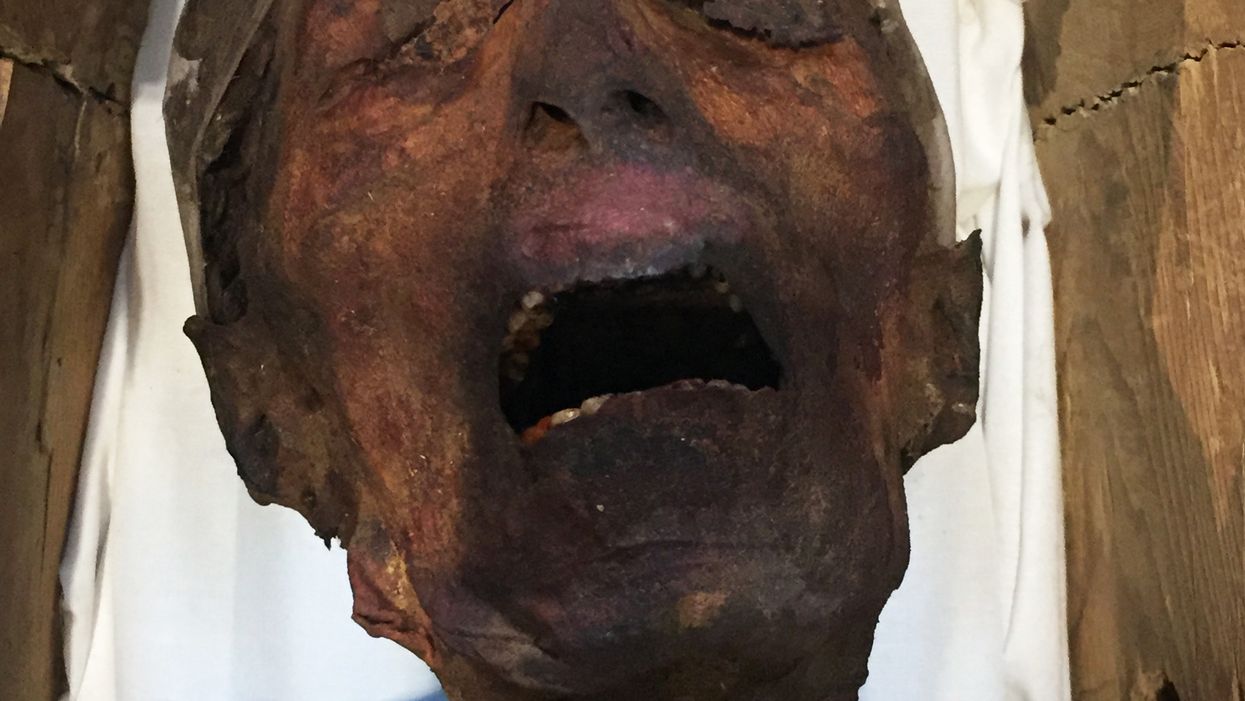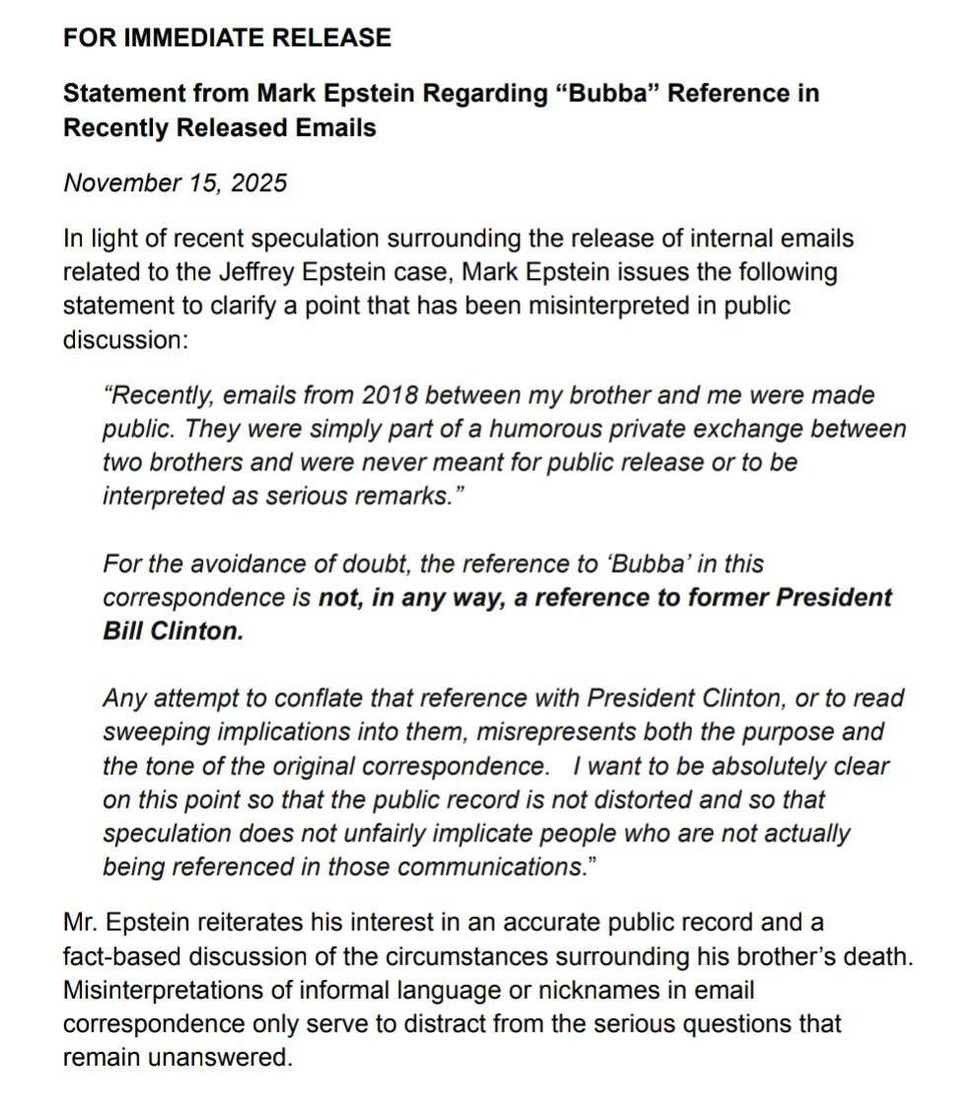A 3,000-year-old "screaming mummy," found in Egypt, has been confounding archaeologists for years. Now they have figured out what happened.
After years of research, Egyptian Director of Antiquities Dr. Zahi Hawas believes "the screaming mummy" was literally screaming at the time of his death. Unlike most mummies who underwent extensive embalming, mystery man was left to the elements with some resin poured down his throat.
"The Mystery Of The Screaming Mummy. Finally on display to public in the Egyptian museum, believed to belong to Prince Pentawer who allegedly conspired against his father King Ramses III to take his place. Instead he was caught, punished somehow, obviously..." wrote Ramy Romany
"He was not even mummified, but was merely left to dry in natron and then had some resin poured into his open mouth," reported Egyptian media outlet Al-Ahram Weekly.
His sheepskin wrappings indicate that he was guilty of something terrible in life. "We found this mummy covered in sheepskin," Hawass told National Geographic. "In the mind of the ancient Egyptian… to cover with sheepskin means he was not clean, he did something [bad] in his life."
The mummy had no grave marker either, denying him an afterlife. He was likely sentenced to die as part of a plot to assassinate his father, Pharoah Rameses III. "'Screaming Mummy' may have been a disgraced royal who was HANGED after plotting to kill his pharaoh father," said Daily Mail Online.
"Two forces were acting on this mummy: one to get rid of him and the other to try and preserve him," said archaeologist Bob Brier. "For some reason, there was an attempt to make sure that he didn't have an afterlife, and in another attempt, somebody cared about him and tried to override that."
Ancient Egyptians valued the afterlife almost as much as life itself. Those deserving of eternal piece were mummified and buried, often in lavish tombs filled with treasures for the afterlife.









 @TrinityMustache/X
@TrinityMustache/X @AnatoliUkraine/X
@AnatoliUkraine/X @ronsparks.ca/Bluesky
@ronsparks.ca/Bluesky @sycamoressource/X
@sycamoressource/X @Stephen52534304/X
@Stephen52534304/X @plaintanjane/Bluesky
@plaintanjane/Bluesky @alycemiller/Bluesky
@alycemiller/Bluesky






 House Oversight Committee
House Oversight Committee @JayShamsX
@JayShamsX


 @ceoofhoesmad/TikTok
@ceoofhoesmad/TikTok @showmeurmoomoo/TikTok
@showmeurmoomoo/TikTok @cablehoe/TikTok
@cablehoe/TikTok @samanthagibson46/TikTok
@samanthagibson46/TikTok @ikranamoktoyu/TikTok
@ikranamoktoyu/TikTok @hopeyoufindyourdad/TikTok
@hopeyoufindyourdad/TikTok @lexytheactress/TikTok
@lexytheactress/TikTok @athenasworld95/TikTok
@athenasworld95/TikTok @kelsibell24/TikTok
@kelsibell24/TikTok @sydneywynder/TikTok
@sydneywynder/TikTok @vickbash/TikTok
@vickbash/TikTok @xp.etros/TikTok
@xp.etros/TikTok